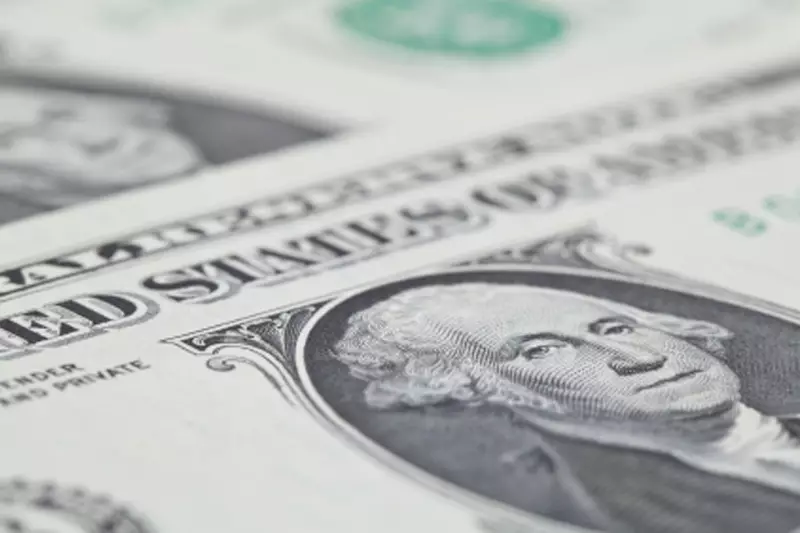The currency market experienced notable fluctuations over the past week, primarily influenced by the election of Donald Trump as President of the United States and the Federal Reserve’s monetary policy decisions. Traders and analysts alike have been closely monitoring these developments as they assess how they might impact the U.S. dollar and its standing against other major currencies.
In the wake of the election, the U.S. dollar exhibited surprising resilience, navigating through a rollercoaster of trading sessions. Early in the week, the Dollar Index—a measure that compares the value of the dollar to a collection of six significant global currencies—rose sharply, gaining approximately 1.5% on the day following the election results. This surge marked the largest single-day increase for the dollar since September 2022, peaking at a four-month high. The market’s initial optimism can be attributed to expectations that Trump’s fiscal policies would lead to slower interest rate cuts by the Federal Reserve, instigated by anticipated growth driven by tariffs and strong immigration controls.
However, as traders adjusted their positions, the dollar’s rapid ascent began to lose momentum. Analysts from financial institutions such as ING noted that the swift movements following the election largely represented a temporary positioning adjustment rather than a fundamental shift in outlook regarding the implications of a Trump administration on global economics. The collective sentiment remained poignant, underscoring the delicate balance traders attempt to maintain amid political uncertainty.
Adding another layer of complexity to the outlook for the U.S. dollar was the Federal Reserve’s decision to cut interest rates by 25 basis points just one day later. This announcement sent ripples through the currency market, sparking discussions surrounding the potential for ongoing rate cuts as inflation trends aligned more closely with the central bank’s target of 2%. In essence, the Fed’s actions underscored the delicate interplay between monetary policy and burgeoning political landscapes, which in turn raised questions about future dollar valuations.
Market analysts emphasized that the substantial unwinding of post-election dollar strength was not indicative of a pronounced shift in sentiment relating to Trump but rather represented a recalibration as traders sought to better navigate impending economic data releases, such as the upcoming U.S. consumer price index for October.
In Europe, the euro managed to slip against the dollar amid a backdrop of political turmoil in Germany. The sacking of Finance Minister Olaf Scholz raised concerns over the stability of the German coalition government, which could have far-reaching effects on the economic landscape of the eurozone. The euro’s drop by approximately 0.2% reflects broader anxieties about how Germany, the largest economy in Europe, will respond to potential confrontations arising from Trump’s administration, especially regarding trade relations.
Similar turbulence was felt in the British pound, which fell in value after the Bank of England’s recent rate cut. The central bank’s decision to decrease rates following concerns with inflation gave rise to apprehensions that economic recovery could take longer than expected. Market responses indicated a skepticism towards potential further bank easing, particularly in light of budgetary changes that could impact inflation trajectories.
Meanwhile, in Asia, the Chinese yuan faced pressures as traders speculated on fiscal stimulus outcomes stemming from the National People’s Congress (NPC) meeting. Anticipation surrounding a massive spending package of approximately 10 trillion yuan ($1.6 trillion) created an environment ripe for potential volatility. A weaker yuan could complicate trade dynamics with the U.S., particularly given Trump’s tariffs that are expected to shape bilateral trade relations.
In Japan, currency traders observed the yen gaining some strength following verbal warnings from officials regarding potential market intervention. This rhetoric reflects the ongoing commitment of Japanese policymakers to stave off excessive yen fluctuations that could hinder the nation’s economic recovery.
As the week draws to a close, the U.S. dollar’s gains, albeit modest, underscore a period of turbulent reassessment by market participants. While traders will continue to navigate the interplay between politics and economic indicators, the present conditions highlight the inherent uncertainties within the forex landscape. With critical data releases and ongoing geopolitical developments looming, the coming weeks are likely to determine the trajectory of the U.S. dollar and the broader implications for global currency relations. Investors are thus urged to remain vigilant and well-informed, as the dynamic realm of foreign exchange remains firmly tethered to the unpredictable pulse of political and economic currents.


Leave a Reply